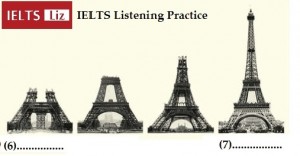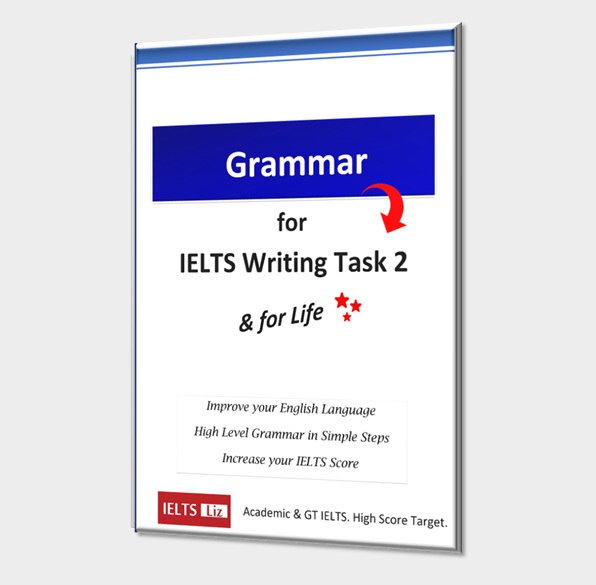This IELTS listening practice is based on multiple choice when you must choose names from a list. Be prepared to hear many names – try to listen out for the names which answer the question.
Health Care Conference
Multiple Choice Questions 1-3
Who will be lecturing at the conference today?
Choose three letters, A-G.
- A = Dr Christopher Lord
- B = Dr David Bishop
- C = Dr George Ripley
- D = Dr William Benson
- E = Dr Roger Dean
- F = Dr Daisy Mandalay
- G = Dr Ralph Morris
Answers
Answers
E A B (any order). This question counts for answers 1, 2 and 3. This means three points – one point for each correct answer.
- E = ‘Dr Roger Dean who will be presenting his speech…’
- A = ‘Dr Christopher Lord will address everyone…’
- B = ‘Dr David Bishop, as I mentioned earlier, will take the floor to tell you about…’
Comments: The answer is not C (Dr George Ripley) because he is talking tomorrow not today. The answer is not D (Dr William Benson) because he is running a debate. He is not giving a lecture. The answer is not F (Dr Daisy Mandalay) because she is showing a video not talking. The answer is not G (Dr Ralph Morris) because he is collecting feedback and not speaking.
The key to success in this listening practice is to identify the word “lecture” as the key word in the question. Many names are mentioned but only three people are actually lecturing today.
Transcript
Today’s topic under discussion is the health care system both past and present. We have a number of guests for today’s lectures, videos and debates, one of them the notable Dr David Bishop.
The morning will be kicked off by Dr Roger Dean who will be presenting his speech summarising the major changes and challenges of the health care system from the year 2000 to around 2012. Following him, will be Dr William Benson who will oversee the debate on today’s problems for hospitals. After lunch, Dr Daisy Mandalay will be showing a revealing video relating to the current trends in health problems faced by today’s society. Dr Christopher Lord will then address everyone on the problems faced by family doctors and the vital role they play in the health care system. Last, but not least, Dr David Bishop, as I mentioned earlier, will take the floor to tell you about his current research. Dr Ralph Morris will be responsible for collecting your feedback on the various parts of the conference at the end of the day. That will conclude our seminars for the day. Tomorrow’s conference details will be put up on the notice board later this afternoon but you will be all please to know that Dr George Ripley has agreed to lecture you all.
Vocabulary
give a lecture / to lecture Synonyms:
- give a talk about / on
- to address people on
- give a seminar on
- hold a seminar on
- to take the floor (to talk)
- to instruct people on
- to give a speech about / on
- to present a speech / talk on about
Recommended for IELTS Listening:
Listening for Names Practice & Tips
List of Common English Names – Pronunciation
Multiple Choice Practice for Listening & Reading
All IELTS Listening Lessons, Tips & Free Videos
Main IELTS Pages
Develop your IELTS skills with tips, lessons, free videos and more.







